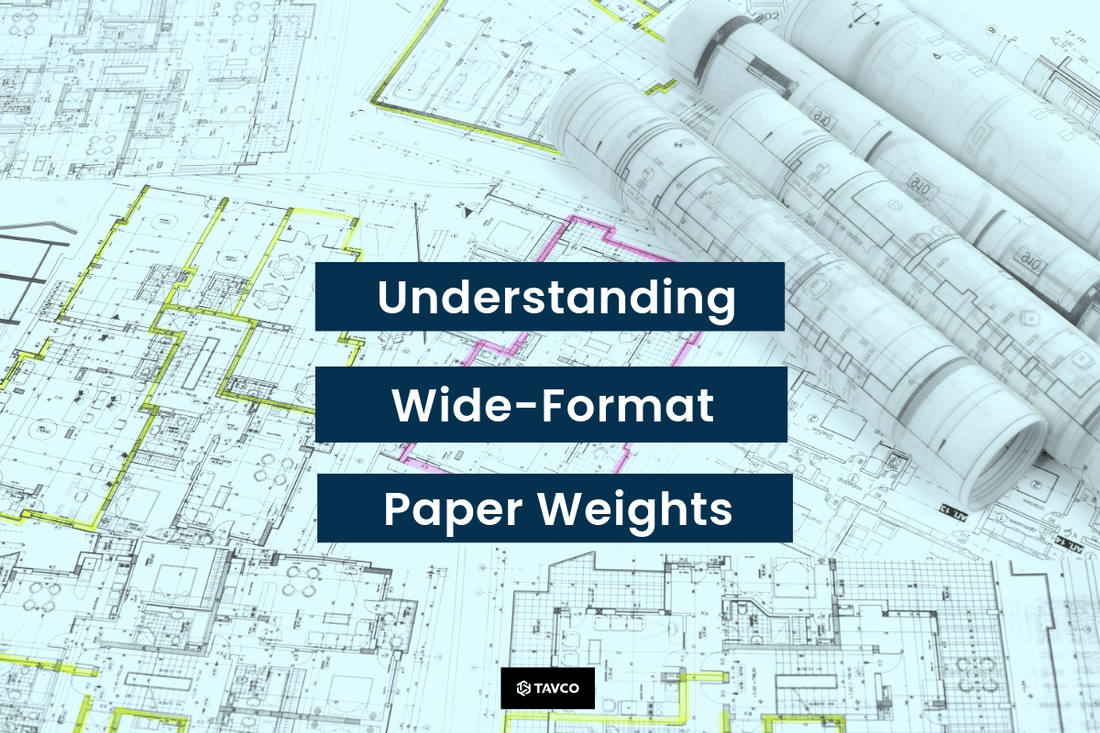
Understanding Wide Format Paper Weights
When it comes to comparing wide-format paper products, you may notice some cryptic information regarding the product descriptions and specifications. Most of the time, these figures refer to the weight of the material. Typically, these do not make common sense and may be a bit confusing a new user. Let’s go over some common terms used to understand and communicate the weight of paper.
The U.S. Basis Weights are the most confusing, primarily because the same paper can yield different values based on the “Basis Weight” applied while manufacturing the paper, and higher values don’t always equate to heavier/thicker print media.
The “Basis Weight” is defined as the weight of 500 sheets of paper in its basic unit uncut size which means before being cut to ‘letter’ size or ‘legal’ size, the paper is weighed and categorized. If 500 sheets of Bond paper (17 x 22 inches) weigh 20 lbs., then a ream of paper cut to ‘letter’ size will be labeled as 20 lb.
With that same thinking, if 500 sheets of ‘cover’ paper (20 x 26 inches) weigh 65 lbs., then a ream of this paper trimmed to tabloid size would be marked as 65 lbs. Fortunately, there is a metric measurement that is often displayed alongside the U.S. Basis Weight. The metric measurement, called grammage, is the actual weight of one sheet of media cut 1 x 1 meter square.
Basis weight and grammage are terms used in the pulp and paper industry and also for the fabric industry to denote a measure of mass of the product per unit of area for a type of fabric, paper, or paperboard. - Wikipedia
Buy Wide Format Paper Online >>
Because the same size sheet is constantly being weighed, GSM or g/m2 (grams per square meter) provides a more uniform scale to judge a paper’s weight and thickness.

G/M2 in Practice – What to expect
What do different paper thicknesses and g/m2 represent in real life? Here is a rough translation of these seemingly arbitrary numbers into commonly occurring paper you will have bumped into before now – some small format, some large format:
35g/m2 to 55 g/m2: This is very thin paper. Most newspapers are printed on this paper thickness. As a reference, the average Translucent Bond Paper (JST) = 67g/m2
90 g/m2 to 100 g/m2: This is the weight range of most printer paper. This is the stuff you can pick up in packs of 500 sheets at the office supply store. Bright White Inkjet Paper (JPP20) = 90 g/m2
120 g/m2 to 140 g/m2: This range covers the paper thickness of most posters that are not meant to be used long-term. Paper with this g/m2 is sturdy enough to withstand a bit of wear and tear. Consider Heavyweight Coated Paper = 130 g/m2, and although it’s more durable than paper, Everyday Matte Polypropylene (CGFTRM) weighs 120 g/m2.
210 g/m2 to 300 g/m2: This weight range has us moving into a thick and premium class. This collection is approaching cardstock thickness, but will likely still have a bit of a bend when held with two fingers. Think of Matte Litho-realistic Paper = 270 g/m2, or our Premium Instant-dry Satin Photo Paper at a weight of 210 g/m2.
350 g/m2 and up: This range of g/m2 is often what people would refer to as ‘card stock’, but that can be a dangerous label. It’s not just the thickness of the media that matters, but its flexibility too that matters. An example of this weight would be Colorfast Adhesive Vinyl WITH the liner = 345 g/m2, once the liner is removed, its 190 g/m2. our Opaque Scrim is a fat 490-510 g/m2.
No comments


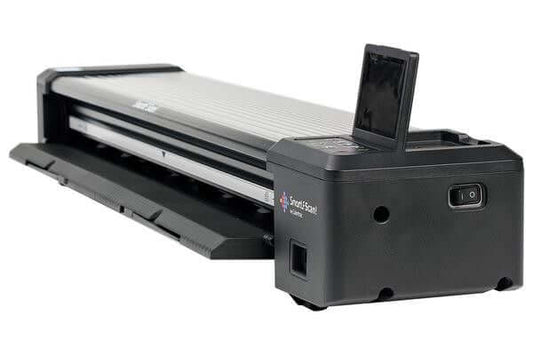
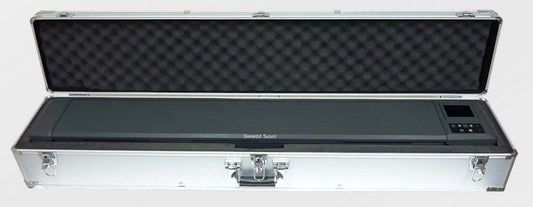


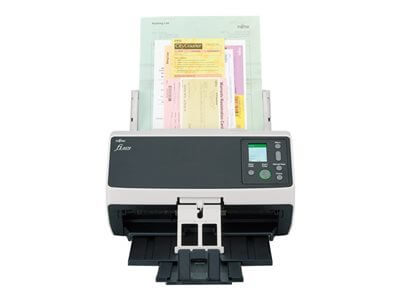
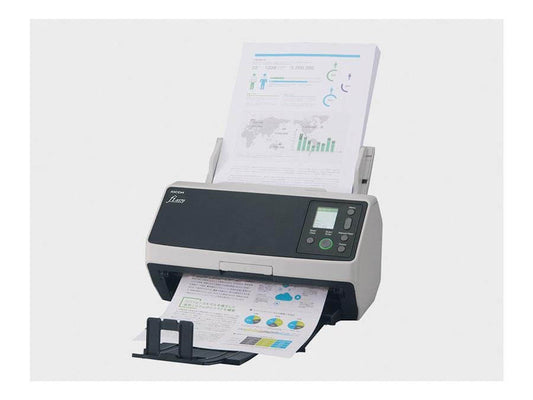
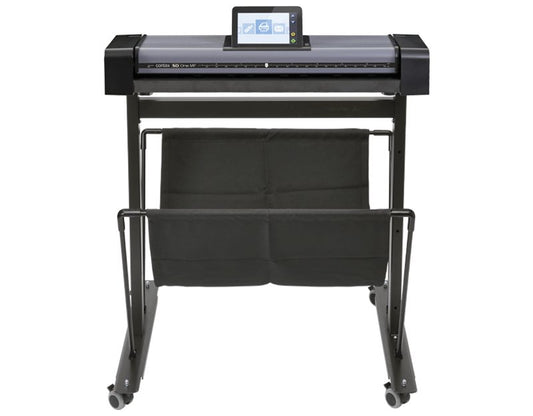


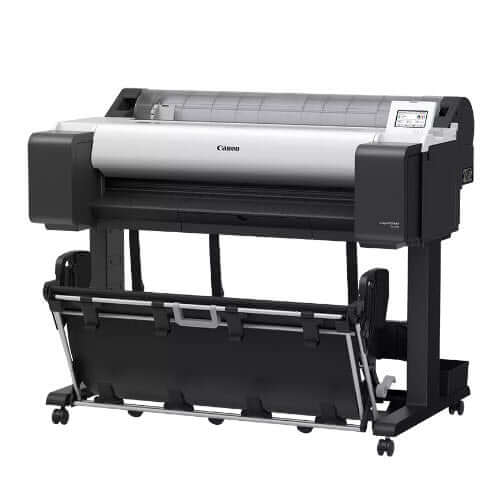
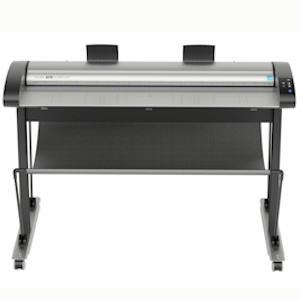
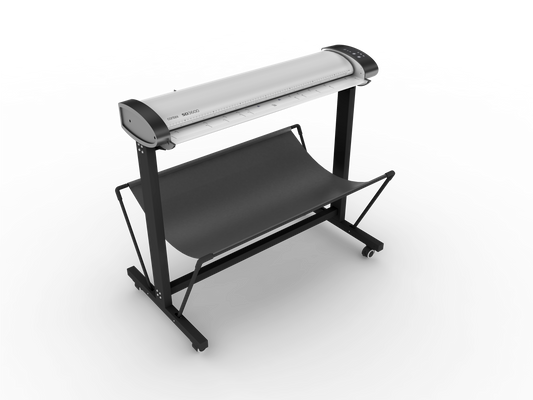

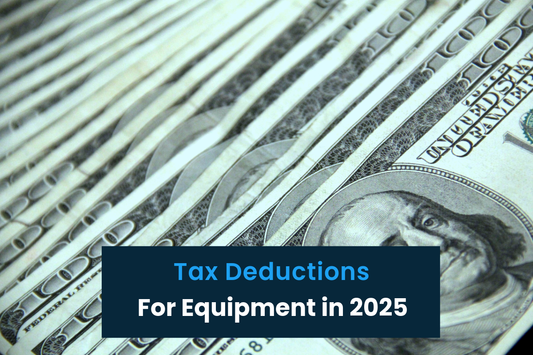

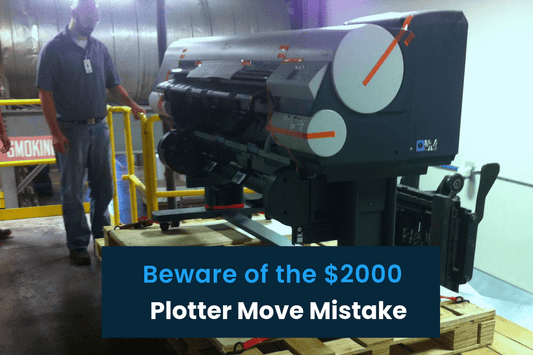
0 comments